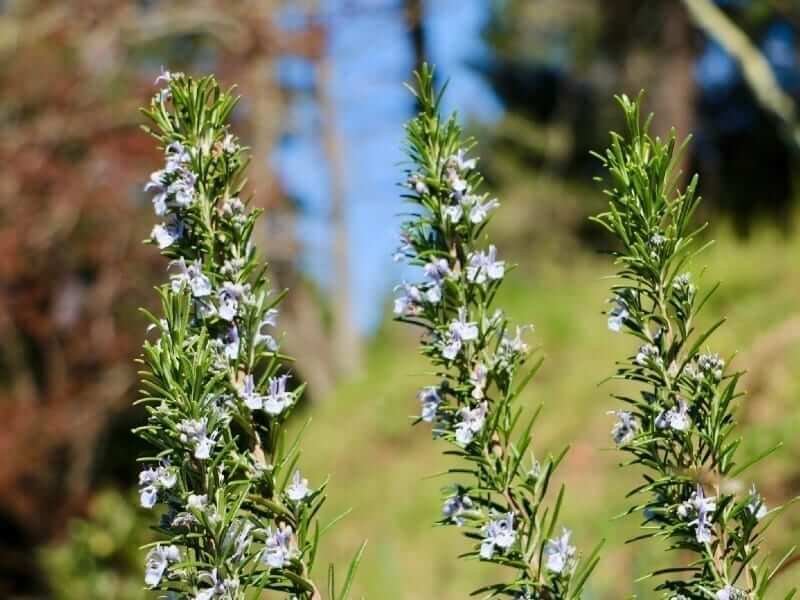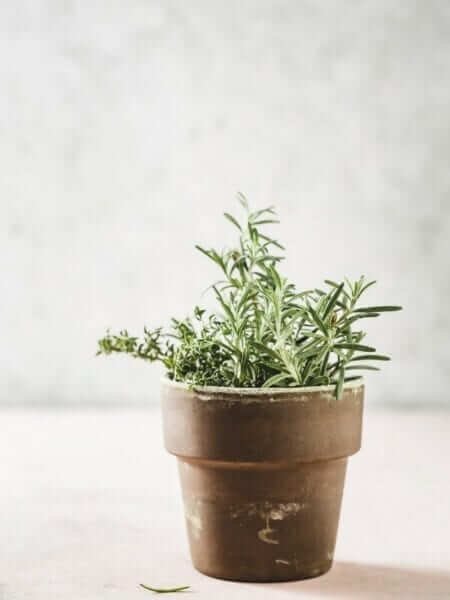Now, Rosemary’s aren’t too hard when it comes to temperature; try to ensure it is away from cold drafts. For best growth, soil temperature should be around 21 degrees.
When it comes to moving your potted Rosemary that has been outside all summer into your home for the colder, frosty months – fall and winter, you will want first to put your Rosemary on a sunlight diet.
Moving it into the shade for a few hours a day will gradually accustom it to the reduced light inside. Once brought indoors, keep on a windowsill that has full sun!




